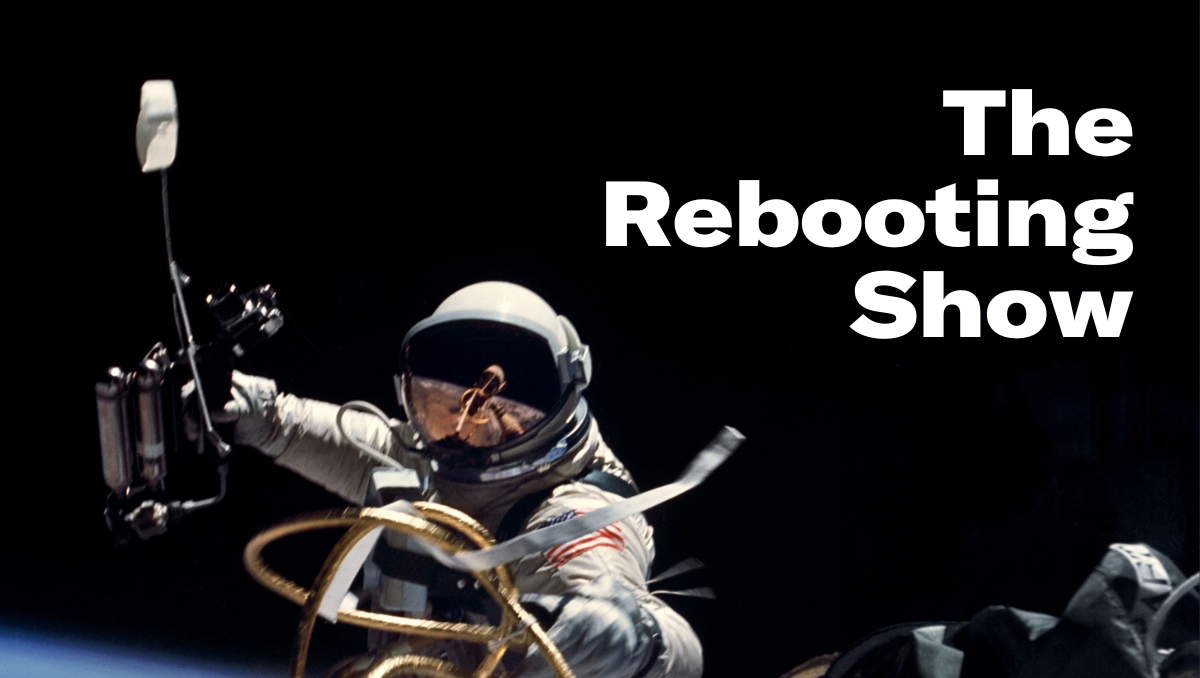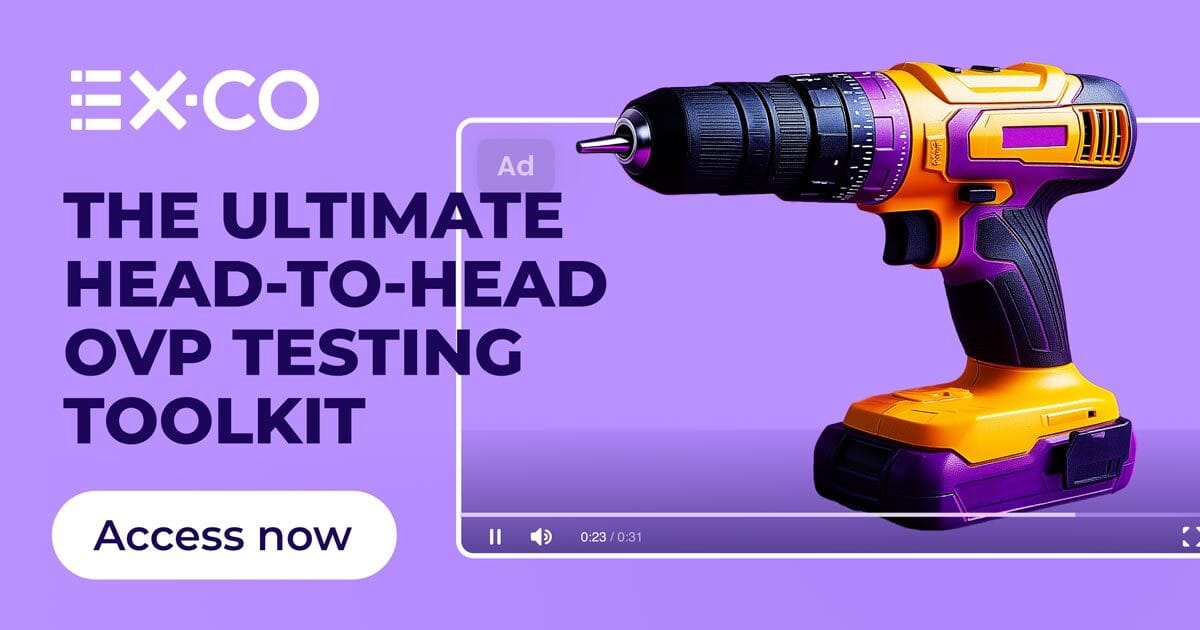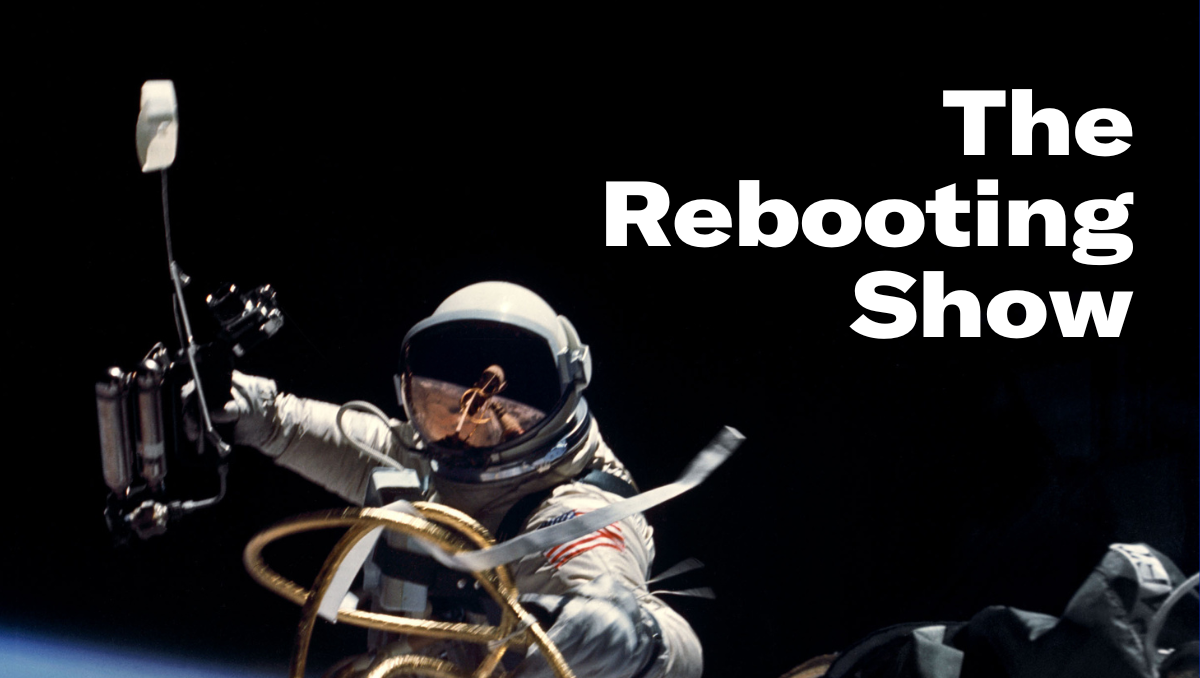Publishing's original sin
OK, one of them

Puerto Vallarta is a bit of a throwback. I was somehow ensnared in a time share scam in the airport. It was the promise of a “free breakfast” that jolted me. I had no idea time shares are still a thing. Erik Estrada’s rich legacy lives on.
Before we get into the newsletter, a request: Please take this audience survey. I haven’t run one in a bit, and I want to learn more about you, both as a way to qualify the audience to partners and to understand opportunities for new products. It will take five minutes. As a thanks, if you leave your email address, I’ll give five respondents a complimentary TRB Pro membership for a year.
In today’s newsletter:
- The center of gravity of programmatic advertising is moving to TV
- Niche’s many monetization advantages
- Overcoming publishing’s original sins

Do you have the right online video partner?

Choosing the best online video platform (OVP) for your business can make or break your video strategy. But how do you ensure you're making an informed decision that maximizes revenue potential? The Ultimate Head-to-Head OVP Testing Toolkit by EX.CO simplifies the process, providing practical tools and step-by-step guidance on the evaluation process to help publishers test smarter—not harder.
Ad tech comes to TV

The worlds of TV and internet publishing operated separately. The platforms, the dynamics and even the language used was completely different. Linear TV was brand focused and driven by scarcity dynamics while the internet quickly became a direct marketing machine. Those divisions have nearly erased, thanks in large part to the rise of streaming.
Once TV began to be delivered across IP it was inevitable that the digital ad system would be ported over to be married with what was formerly a stodgy world. That’s led to a stampede of the Lumascape to TV, which has always had better ad options than what was on offer on webpages. The promise of streaming with programmatic ad mechanisms is to marry the sight, sound and motion of TV commercials with the targeting and efficiency of programmatic.
In a spotlight episode of The Rebooting Show, I spoke with EX.CO CEO Tom Pachys about the transition of the TV ad model that is underway in streaming, the similarities and differences between TV and digital advertising, and why out-of-home is now a fast-growing ad category.
Listen to the episode on Apple | Spotify | other podcast platforms
Thanks to EX.CO for sponsoring The Rebooting Show. Learn more about EX.CO’s ad server for CTV and digital out of home advertising.
Embrace change
I was in Puerto Vallarta toI give a presentation at the Alliance of Area Business Publishers Winter Leadership Conference, where I made the case that the Information Space will be broadly distributed throughout the media ecosystem, including to B2B and local publishing. A couple highlights from my discussions there:
- Print is far from dead. Many of the city and regional magazines still have meaningful print businesses. It helps that their targets skew older.
- Niche has many monetization advantages. Most of the publishers I spoke to have growing events businesses. Local lends itself to congregation opportunities, whether it’s food festivals or honoring the local CEO of the year.
- Publishing is a long game. Many of the publishers there are operated by owners rather than managers. This is a sign of things to come. A highlight was meeting Connie Wimer, the 92-year-old owner of Des Moines-based Business Publications Corporation. Connie is sharp as a tack, still works in the business, and even went skydiving before her 91st birthday. She told me everything had changed in the 41 years since she bought the Des Moines Business Record. Her simple advice for longevity in the business: Embrace change, not just personally but in organizational culture. True legend.
Publishing’s original sin
There are many candidates for the original sins of publishing. Separating the media impression from the audience data, the click as a success metric, and, as suggested by Viafoura CEO Mark Zohar in The Rebooting’s first online forum of the year, the surrender of the social interaction function to massive platforms like Facebook and Twitter/X.
The question for all these original sins is whether there’s room for a do-over. BuzzFeed CEO Jonah Peretti knows all too well the upside and downside of outsourcing social interaction to the platforms. He’s reformed now, making the case that BuzzFeed create its own social network to counter the rightward shift of platforms like X.
“It’s clear we can’t rely on the platforms to create a positive environment for content creators like us. I’m beginning to think we need to create our own social media platform to give our audience a place on the internet that reflects their values. It would be a challenging project but I think there is a huge opening right now that someone needs to fill. Why not us?”
I suspect that horse is not just out of the barn but off the farm. Spin through BuzzFeed and it’s not exactly a vibrant time square.
That said, as we discussed, publishers will need to create reasons for people to come to their websites. The very existence of sites as the central construct of digital publishing is under threat. The release of OpenAI’s latest agent, Deep Research, is a sign of what’s to come. AI apps will move from information chat to retrieval. The publishing function will need to change to focus more on, for lack of a better term, community – giving people a reason to come to their destinations beyond the simple retrieval of information, which will inexorably become the domain of robots.
Publishers will increasingly focus on congregation, driving interactions both on their websites and in real life. That’s the litmus test of a brand. In the Jeff Bezos dictum to focus on things that won’t change, the need for human connectivity won’t change – and the ability to get people to gather around a brand, personal or institutional, is a flex that de-commoditizes brands.
A marketer at a Fortune 500 brand wrote me after my last newsletter that publishers should also consider where they will compete. This is critical. You have to know how you’re going to win – and where you have unique leverage. The strongest brands will compete on congregation.
“I can buy reach in a variety of ways, but buying resonance and being able to break through the noise is a lot harder. To me, IRL is a great differentiator and helps to separate the brands or creators with weight from the rest of the pack.”
I suspect we will see a resurgence of focus on comment sections, live blogs and forums. The business case is clear that this has gone from a nice to have to a business driver. Engaged visitors are more likely to convert to paid subscribers, Mark noted. They’re more likely not just to stick around but also to return.
Watch a replay of the conversation between me, Mark and Bharat Krish, chief product officer of Newsweek
Thanks for reading. Send a note with feedback by hitting reply. For sponsorship inquiries, you can email me at bmorrissey@therebooting.com.



